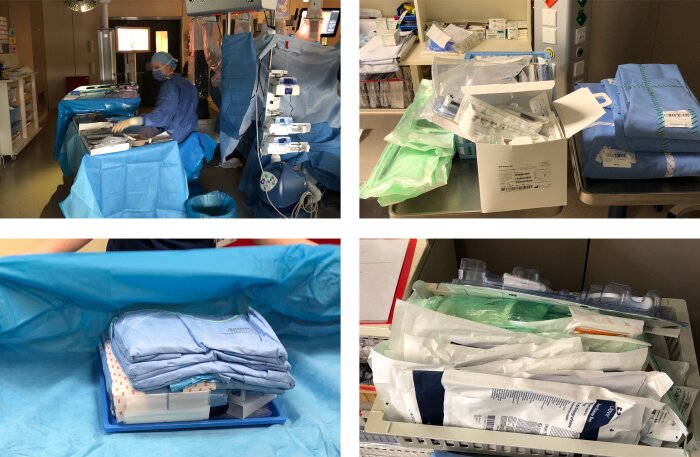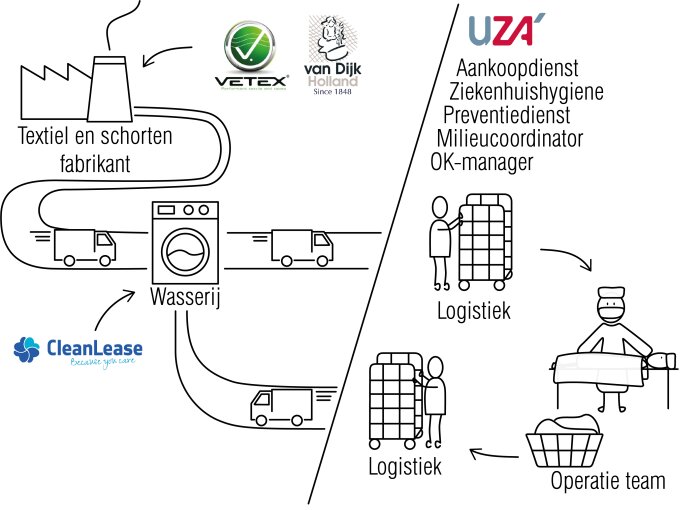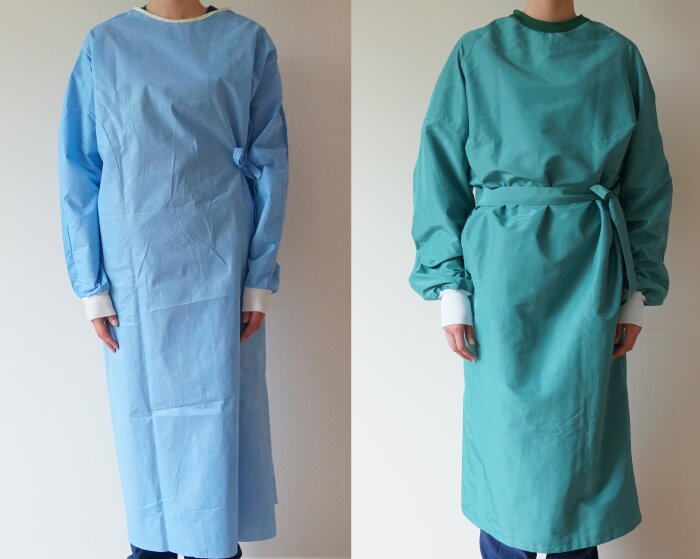The operating room is responsible for a disproportionate share of waste production in a hospital. This thesis investigated what this waste is and where it comes from through observations and interviews in the hospital. Because surgical gowns take up a large volume of this waste, it was decided to reduce the waste mountain in the operating theater by using reusable surgical gowns.
Reusable surgical gowns are not a new invention, but around the year 2000 the cotton aprons at the time have almost all disappeared from hospitals and have been replaced by disposable materials. Today's reusable surgical gowns are made from technological textiles with excellent barrier properties. A comparison was made between disposable and reusable surgical gowns in terms of logistics, wearing comfort, ecological impact, legislation, infection prevention, safety and financial aspects. This shows that reusable aprons are technologically and economically competitive with the current disposable aprons. It was striking that the reusable aprons are very unknown among hospital staff and that there is therefore a great deal of uncertainty and mistrust among users, as a result of which the aprons are currently only rarely used.
When implementing reusable surgical gowns, the main challenge is to convince the users, the surgical team. To find out how best to approach this target group, a survey was distributed to measure the surgical team's perceptions of reusable aprons. The result of this research is a series of practical recommendations for the hospital for a smooth commissioning of reusable surgical gowns.
-
 Problem statement
Problem statement -
 Involved stakeholders in reusable surgical gown
Involved stakeholders in reusable surgical gown -
 Comparison of disposable and reusable surgical gown
Comparison of disposable and reusable surgical gown -
 Reusable surgical gown
Reusable surgical gown